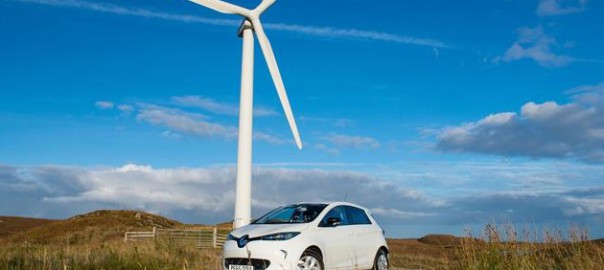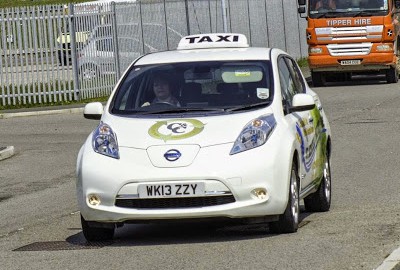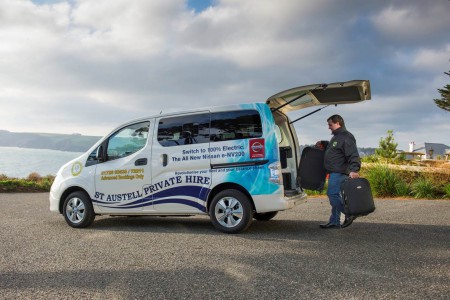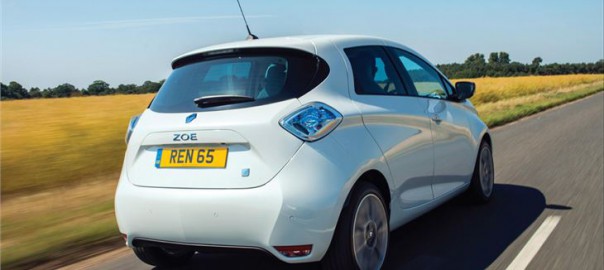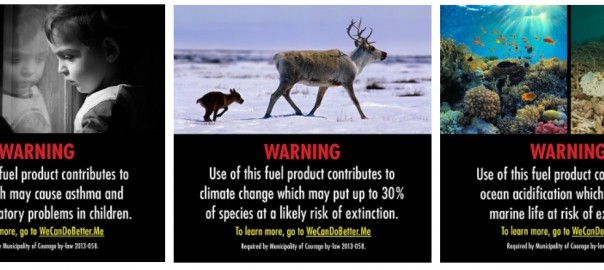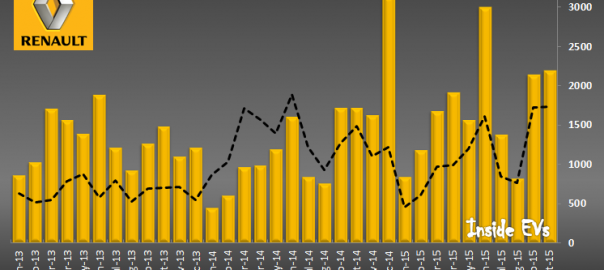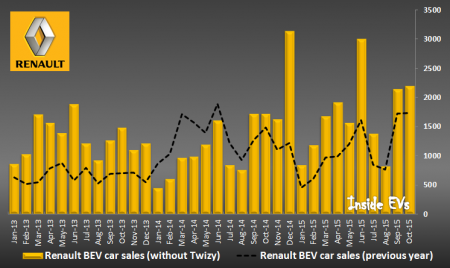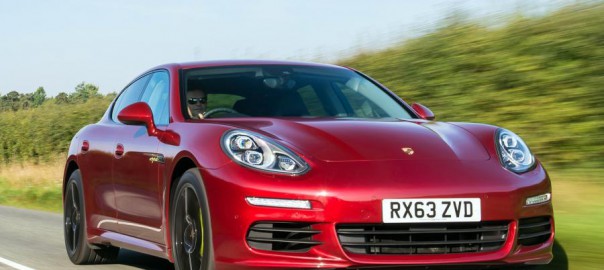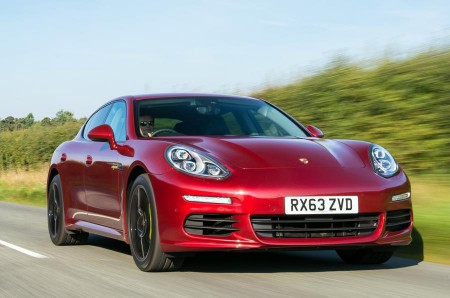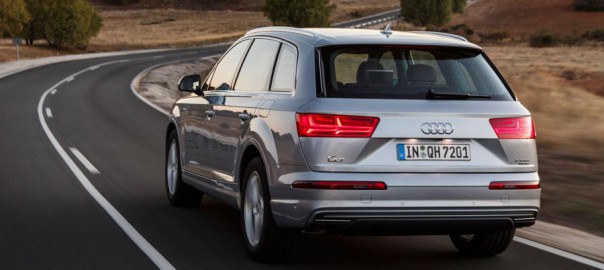Prince Charles has blamed climate change in part for the Syrian war and warned that global warming could exacerbate similar conflicts worldwide.

Charles’s comments — in an interview broadcast Monday — came exactly one week before the start of a United Nations climate change conference in Paris, where he plans to deliver a keynote address. Unless world leaders take action to slow the impact of climate change, “it’s going to get so much worse,” Charles warned in the interview with Sky News, which was recorded before the Nov. 13 terrorist attacks in Paris.
“Some of us were saying 20 something years ago that if we didn’t tackle these issues you would see ever greater conflict over scarce resources and ever greater difficulties over drought, and the accumulating effect of climate change, which means that people have to move,” he said. “And, in fact, there’s very good evidence indeed that one of the major reasons for this horror in Syria, funnily enough, was a drought that lasted for about five or six years, which meant that huge numbers of people in the end had to leave the land.”
Charles, a longtime environmentalist, is the latest person to blame the Syrian conflict on climate change. Various leading politicians, academics and military officials have made similar claims in recent years.
“It’s not a coincidence that immediately prior to the civil war in Syria, the country experienced its worst drought on record,” Secretary of State John F. Kerry said in a speech at Virginia’s Old Dominion University on Nov. 10. “As many as 1.5 million people migrated from Syria’s farms to its cities, intensifying the political unrest that was just beginning to roil and boil in the region.”
Read more: Washington Post

